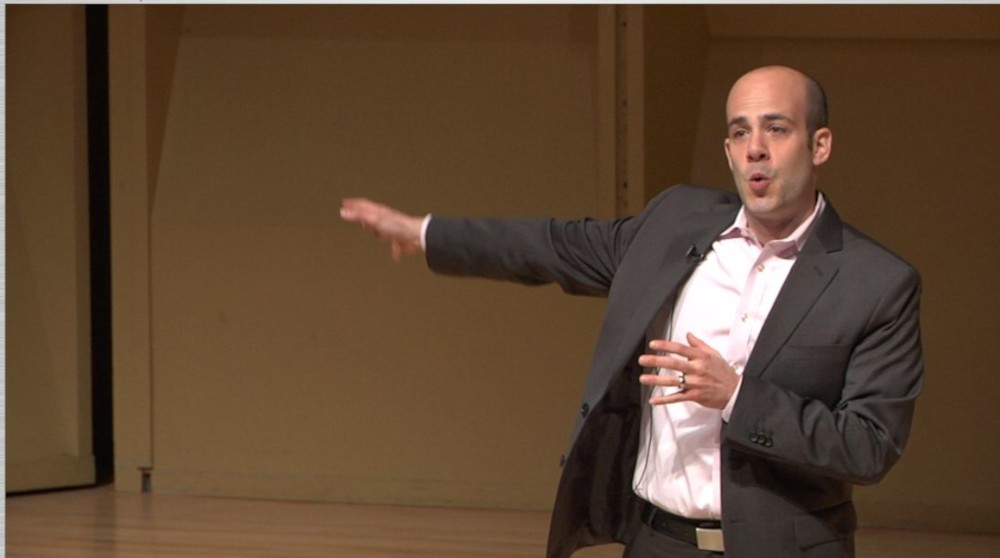Building digital and hybrid events while staying one step ahead of COVID-19-related concerns is challenging enough without having to worry about how you’re going to promote them online.
Thankfully for those charged with also getting the word out, finding ways to pique audiences’ attention via digital channels—and keep them talking—doesn’t have to be difficult when you employ a few helpful high-tech strategies.
Note that it pays to be memorable—the more creative your event setup and approach, the more effective at capturing and holding prospective attendees’ attention you will be.
Following are seven cost-affordable and cutting-edge ways to help raise awareness, as well as build audience interest and enthusiasm, for virtual events:
1. Mix Up Programming and Formats
Who says a virtual gathering or conference has to consist of an online keynote and series of breakout presentations? Often, it also pays to create programming in the form of unique shared, group and VIP-style events.
For example, you might organize programs around exclusive virtual dinners for executives, host invitation-only online roundtables with industry thought leaders or celebrities, or even hold a live-streamed wine tasting or cooking class with a prominent chef.
Likewise, many companies are holding webinars, fireside chats and intimate Q&A sessions with well-known personalities as a means to grab audiences’ attention.
Whether you livestream panel discussions by prominent executives or present networking programs in the form of virtual happy hours and concerts, the options are infinite. The more original your concept and packaging, the more interested audiences will be.
2. Crowdsource User-Generated Contributions:
Similarly, the more you get attendees involved in the event ideation process, the more excited and invested in upcoming programs’ they’ll be as well.
Long before speakers take the virtual stage, invite observers to participate and help shape programming by submitting questions, input, comments or feedback via your website and social channels.
Submissions can be used to shape event programming (e.g., helping you decide which trending topics, say, from business disruption to high-tech innovation, to feature), incorporated into presentations (i.e., by posing sent questions to featured experts), and used in supporting materials (such as video highlight reels filled with real-world testimonials and real-world frontline commentary).
In effect, the more that audience members feel a personal sense of connection with programs, the more resonant any program will prove.
3. Transform Fans Into Evangelists
Individuals trust word-of-mouth sharing and friends’ recommendations more than formal advertising, paid spokespeople or professional reviews. That’s why online influencers—aka thought leaders who inspire others to action by sharing messages via digital and social channels—are among the most powerful voices on the internet today.
To help spread the gospel of your event, reach out to online thought leaders and subject matter experts who celebrate your brand and vision up-front, and provide them with content and complimentary offerings to talk about and share.
Wondering where to start finding these individuals and how to move the needle? Free online tools now exist that let you upload an email list and discover who among your contacts wields the most clout.
As for incentivization, a free book, complimentary guest pass or two, or (better still), an exclusive interview or behind-the-scenes access still goes a long way.
4. Do the Math
Another effective promotional strategy is to leverage cost-effective tools like online polls, contests and surveys to conduct attendee research up-front, and then provide results at your event, which helps generate added reasons to tune in. (And boost excitement and media coverage as a result.)
To maximize the results, partner with your speakers and/or sponsors to conduct studies or provide advance audience questionnaires.
Research and input gleaned from these efforts can be used to craft more insightful programs, incorporated into call-and-response segments, or potentially debuted as part of special onsite announcements.
Findings may even be leveraged as unique value-adds: “Everyone who attends gets a copy of our Exclusive 2020 Navigating the New Normal in Business report!”
[Related: Positive Planner Perceptions About a Return to Live Meetings]
Note that data collected prior to, at or following, your virtual event should further be used as part of press releases, white papers and other novel takeaways—all built by and for attendees with their active input.
5. Introduce Guest Appearances and Surprises
Want to really get audiences talking? Using popular videoconferencing services, you can source live input and contributions from surprise guests wherever high-speed Internet connections are available.
Via these platforms, top authorities in any given field, celebrities and industry notables of all kinds can pay events unexpected visits that are guaranteed to keep viewers on the edge of their seats.
Similarly, you also can beam in thoughts, opinions and live updates on breaking topics and events occurring simultaneously in other parts of the world if so desired.
So next time international sales, marketing or management teams convene at distant locations, consider using these platforms to bring all closer together, and to help underscore your organization’s forward-thinking approach and global impact.
6. Leverage Online Resources More Effectively
Don’t forget: Thanks to mobile devices and streaming media apps, every attendee is now a potential broadcast announcer or program participant.
Not only should they be given tools, links and access to share live video streams, chats, and event highlights online at every turn, you should also create platforms that allow speakers to create and archive original video or podcast clips on trending topics for sharing online via your website, social or digital channels as well.
Consider asking speakers to share each of these assets, and additional insights, with their own audiences, too. The practice can help increase your reach, add value for viewers no matter which channel they discover you through, and potentially generate more publicity ops for your event or organization.
7. Offer Unique Value-Adds and Takeaways
Everyone loves seeing their name up in lights. Noting this, a webcam (or video camera) can be one of an event planner’s most effective tools for capturing attendees’ thoughts and shining the spotlight where it belongs—on your community.
Make a point of actively interviewing those who attend your virtual or hybrid programs to get their thoughts or key event takeaways, and build channels on your website where they can share helpful stories, hints and advice.
Recorded material can likewise be compiled or edited into unique packages (“5 Ways Customer Behavior Is Changing in the Age of COVID-19”) for sharing online, or compiled for ongoing education programs. Alternately, you can always transcribe contributions and repurpose them for use in whitepapers, eBooks, training guides, articles and other content programs that help highlight your event all year long.
Read next: Key Considerations for Planning a Virtual Association Meeting
About The Speaker
Scott Steinberg
Award-winning professional speaker and business strategist Scott Steinberg is among today’s best-known trends experts and futurists, and the bestselling author of Think Like a Futurist; Make Change Work for You: 10 Ways to Future-Proof Yourself, Fearlessly Innovate, and Succeed Despite Uncertainty; and Millennial Marketing: Bridging the Generation Gap. The president and CEO of BIZDEV: The International Association for Business Development and Strategic Partnerships™, his website is www.AKeynoteSpeaker.com.






